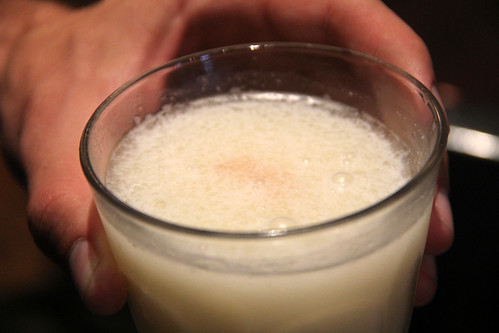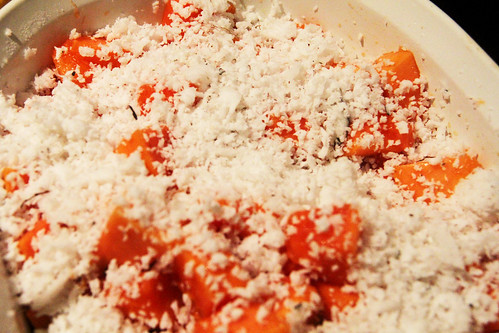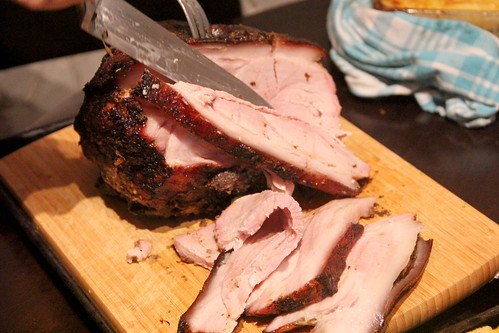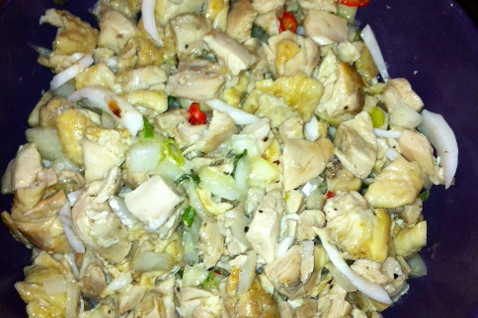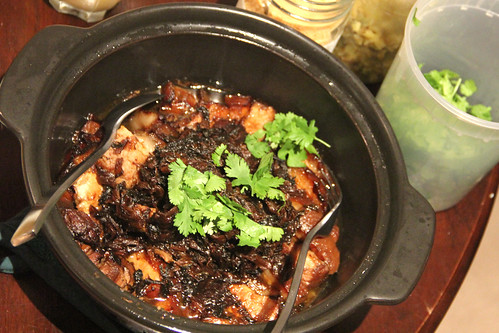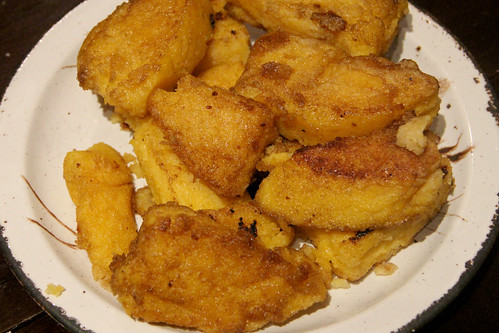
It's so special cooking in the old mill in Bovina. First of all, the kitchen is completely open, with plenty of space for collaborative cooking. And check out that stove, with two ovens and so many burners that four of them remain covered to create more counter space. This was an excellent meal for this kitchen, because I needed a lot of help in the end, and there was ample space for multiple concurrent projects. Here's Lucy helping make the kolace for dessert, and thanks also to Kirsty, Mills, and everyone else who pitched in!
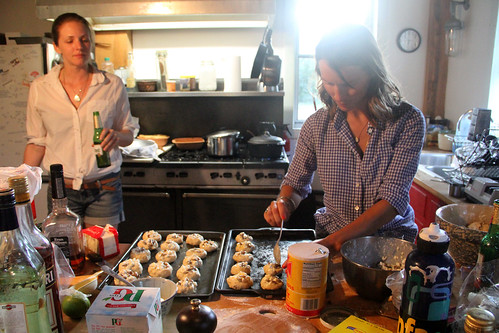
Even the little things, like different dishes, help shake it up. What fun to serve this hearty, rustic meal on metal plates!
The whole idea of food production comes full circle here, on Creamery Road. The dining table is placed under a hopper that used to dispense grain, and that now houses a light that highlights the serving dishes. Seated around the table, in chairs hand-built by Sarah-Doe's parents, are Lucy, Paul, Angus, Mills, Lisa, Kirsty, and Sarah-Doe herself. Note the copious wine and beer!
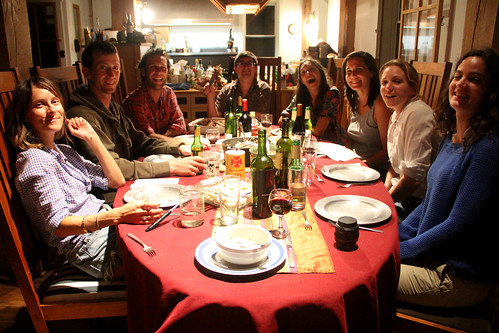
Okurkový salát se smetanou | Cucumber and sour cream salad | Recipe
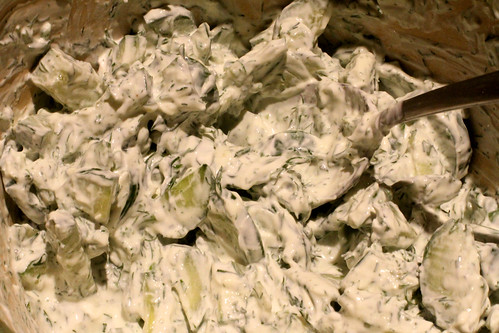
A quick little salad to liven the appetite and get us in the mood. It was nice, but I think it would have been better with a bit of garlic and maybe some pepper. Also, unexpectedly, it made for a nice garnish and enhancer for the soup.
Bramboracka | Potato soup | Recipe
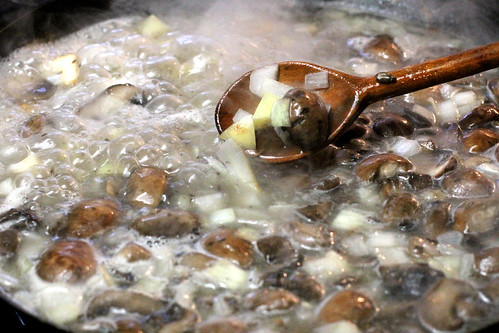
I don't know why, but it always surprises me how simple it is to make soup. At it's most basic, all you gotta do is combine water with a few ingredients, let it cook for a bit, and voilà! This one is only a bit more complicated, with a bit of sautéing at the beginning and some thickening with flour at the end, but all in all it's no big deal to throw together onions, mushrooms, and potatoes and make a hearty and rich soup.
Pečená husa | Roast goose
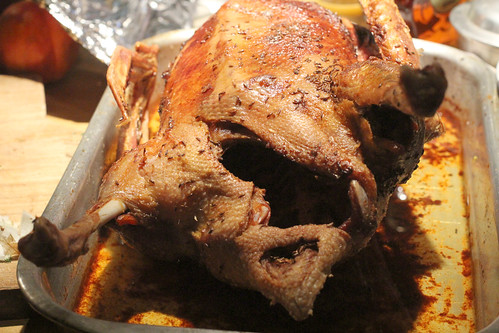
The true national dish of the Czech Republic is pečené vepřové s knedlíky se zelím, shortened to Vepřo-knedlo-zelo, meaning roast pork with dumplings and cabbage. But since we had pork for the previous meal, and a large crowd worthy of a bit of experimentation, I decided to swap for a goose instead. I couldn't find a fresh one, but no worries, since having such a hunk of frozen and slowly defrosting mass in the cooler helped keep all our perishables cold on the drive up.
If duck is the fattier, richer version of chicken, then goose definitely holds the same relationship to turkey. From this thirteen-pound bird, I rendered two cups of schmaltz just from the excess hunks of fat, and then the roasting released about another quart. All that fat actually makes it a really forgiving animal to cook. The only preparation, other than ensuring full defrosting, was rubbing with salt and caraway seed, and placing in a pan with a cup of water. About five hours of slow roasting at 325°, with a few flips, and the skin was so crispy and the leg just pulled apart.

I just had to make a gravy with this all. I poured out about three cups' worth of fat, added in chopped gizzards and neck, and after a bit of frying, deglazed it with some boxed wine leftover from the previous trip.
All in all, so tasty! As a dark-meat fan I was in heaven because every bite of meat was rich and flavorful. Those who like crispy skin were in luck: a goose has more surface area relative to meat than a turkey, and it crisped up so nicely.
Knedliky | Dumplings | Recipe

Czech dumplings are essentially dense boiled bread dough. However, these were really dense. This probably came from having used old yeast that was in the fridge for probably a year or two too long, so it never really rose properly. Oh well, it still was a good medium for conveying gravy to the mouth!
Dusene zeli | Braised green cabbage | Recipe

The classic Czech ensemble is best known for being accompanied by sauerkraut, but in the late summer when fresh green cabbage is abundant, this braised version just makes more sense. While I would have used the Cuisinart at home to shred three pounds, in the country we only had a decades-old box grater on hand. The abundant caraway seeds don't just provide a bit of flavor and crunch; it turns out they are a time-tested folk remedy for the gas and bloating that starchy vegetables like cabbage produce.
Kolace | Pastries | Recipe

The kolace (and its many different spellings) is the strongest culinary symbol of Czech-American identity, and is probably the Czech Republic's best-known dessert. It's a yeasted dough with a fruited filling; in this case we went with raisins and cottage cheese. It's almost like a scone in not being too sweet, and would make for a lovely breakfast pastry too.
The moon was full that night, just like our bellies.
We're off for a few weeks, due to a trip to Alaska, and we'll resume toward the end of the month with our very final C meal, from Cyprus!
Photos by Laura Hadden, who loved eating goose, hanging out with her friends, and trying to teach Emmylou dog skills in the Catskills.
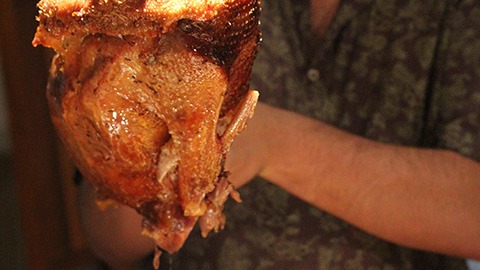


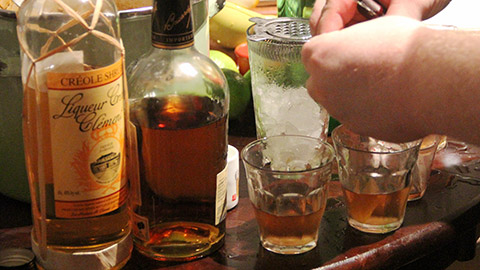

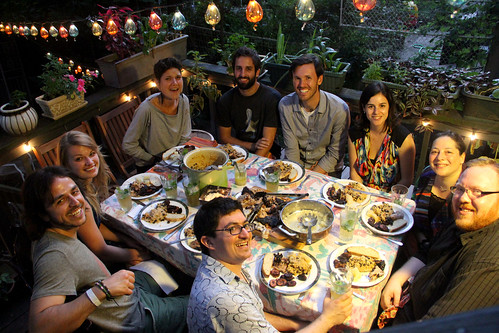
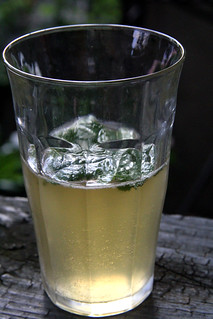

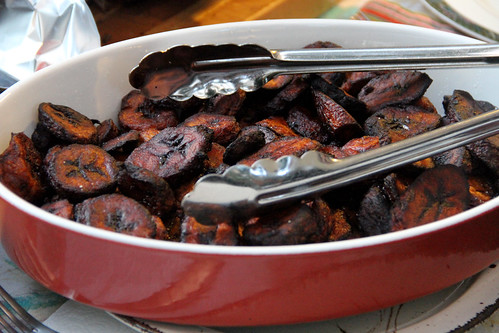

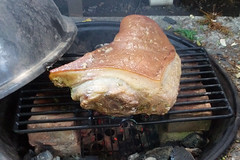


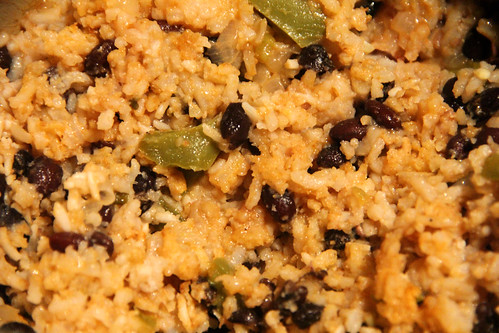





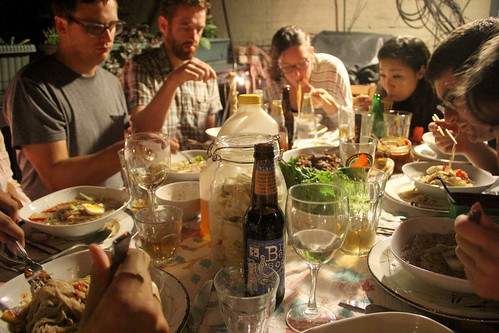

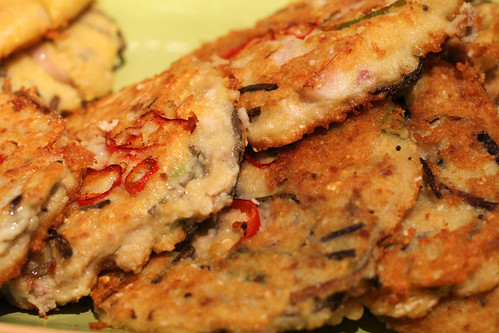
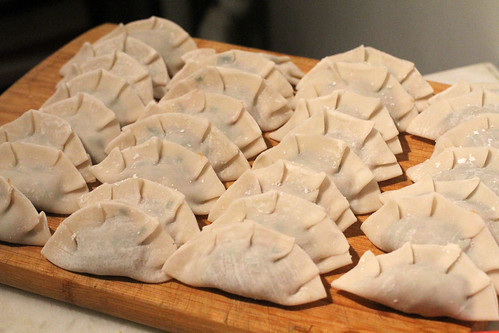
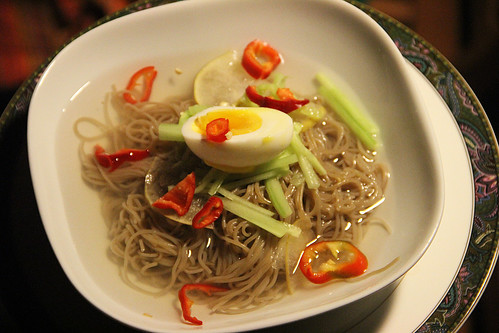
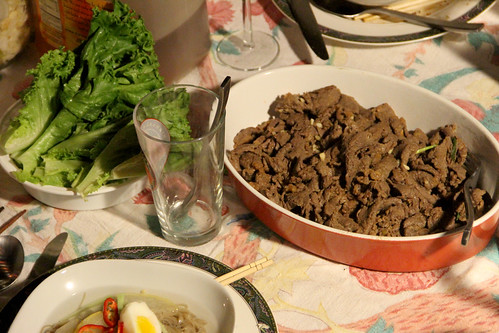

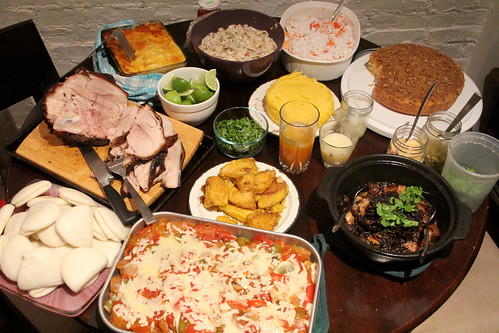 What do Hong Kong, Guam, Bermuda and Aruba all have in common? Well, aside from being islands in warmer climes, they are all a part of the special group of places that compete independently in the Olympics but aren't UN member states.
What do Hong Kong, Guam, Bermuda and Aruba all have in common? Well, aside from being islands in warmer climes, they are all a part of the special group of places that compete independently in the Olympics but aren't UN member states.
